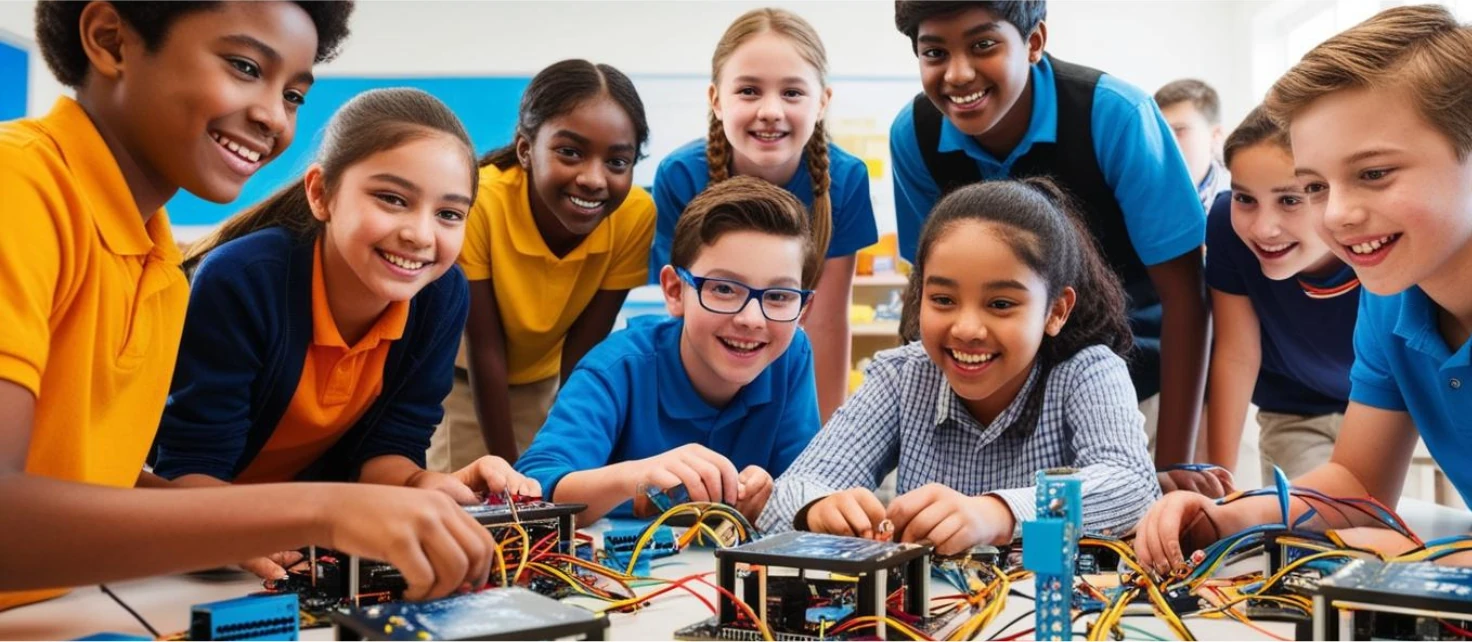
This course is intended to give teachers simple practical advice on how to get started with physical computing and robotics and to extend what they are already doing. This is by no means a comprehensive collection of physical computing projects. They have been selected to demonstrate the wide range of techniques and processes that are commonly applied in physical systems. The projects can be easily be adapted and used to solve an almost infinite variety of sensing and control problems.
It is essential that those who are teachers of physical computing or STE(A)M have the opportunity to develop their practical skills for building circuits that incorporate sensors, processors and actuators. They must gain first hand experience of developing computer controlled robotic systems. Without this practical experience, they will lack the sufficient knowledge and understanding and more importantly the 'feel' for the subject to be engaging and effective teachers of robotics.
It is hoped that teachers will bring this practical, hands on approach into the classroom in accordance with best practice. When learners are developing practical projects they will be fully engaged in the work. They will gain a deeper knowledge and understanding of the principles and skills which underpin coding and robotics. They will also become familiar with the design cycle as they think about, design, build, test, evaluate and refine their systems. With each iteration of this cycle their knowledge and understanding will grow. Although they have their place to teach some of the theory, it is not possible to acquire a genuine feel for this subject by simply studying from a text book and carrying out unplugged or virtual simulations.
- Teacher: Simon Miambo
- Teacher: Victor Muchave
- Teacher: PNA Teacher
